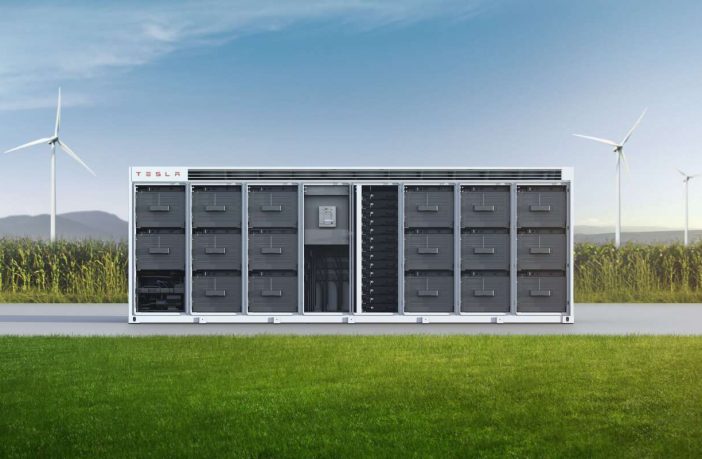- Energy storage installations around the world will multiply exponentially, from a modest 9GW/17GWh deployed as of 2018 to 1,095GW/2,850GWh by 2040, according to the latest forecast from research company BloombergNEF (BNEF).
- This 122-fold boom of stationary energy storage over the next two decades will require $662 billion of investment, according to BNEF estimates.
- The report also predicts that the further halving of lithium-ion battery costs per kilowatt-hour by 2030, as demand takes off in two different markets – stationary storage and electric vehicles.
- The majority of new capacity will be utility-scale, rather than behind-the-meter at homes and businesses.
- China and the U.S. to lead the way in this sector followed by India, Germany, Latin America, Southeast Asia, France, Australia and the U.K.
Yayoi Sekine, energy storage analyst for Bloomberg New Energy Finance (BNEF) and co-author of the latest Energy Storage Outlook report, said: “Two big changes this year are that we have raised our estimate of the investment that will go into energy storage by 2040 by more than $40 billion, and that we now think the majority of new capacity will be utility-scale, rather than behind-the-meter at homes and businesses.”
BNEF’s analysis suggests that cheaper batteries can be used in more and more applications. These include energy shifting (moving in time the dispatch of electricity to the grid, often from times of excess solar and wind generation), peaking in the bulk power system (to deal with demand spikes), as well as for customers looking to save on their energy bills by buying electricity at cheap hours and using it later.
Logan Goldie-Scot, head of energy storage at BNEF, added: “In the near term, renewables-plus-storage, especially solar-plus-storage, has become a major driver for battery build. This is a new era of dispatchable renewables, based on new contract structures between developer and grid.”
There is a fundamental transition developing in the power system and transportation sector. Falling wind, solar and battery costs mean wind and solar are set to make up almost 40% of world electricity in 2040, up from 7% today. Meanwhile passenger electric vehicles could become a third of the global passenger vehicle fleet by 2040, up from less than half a percent today, adding huge scale to the battery manufacturing sector.
Demand for storage will increase to balance the higher proportion of variable, renewable generation in the electricity system. Batteries will increasingly be chosen to manage this dynamic supply and demand mix.
Related news: Tesla announces the 3MW Megapack Battery
Author: Bryan Groenendaal
Source: BloombergNEF (BNEF)















